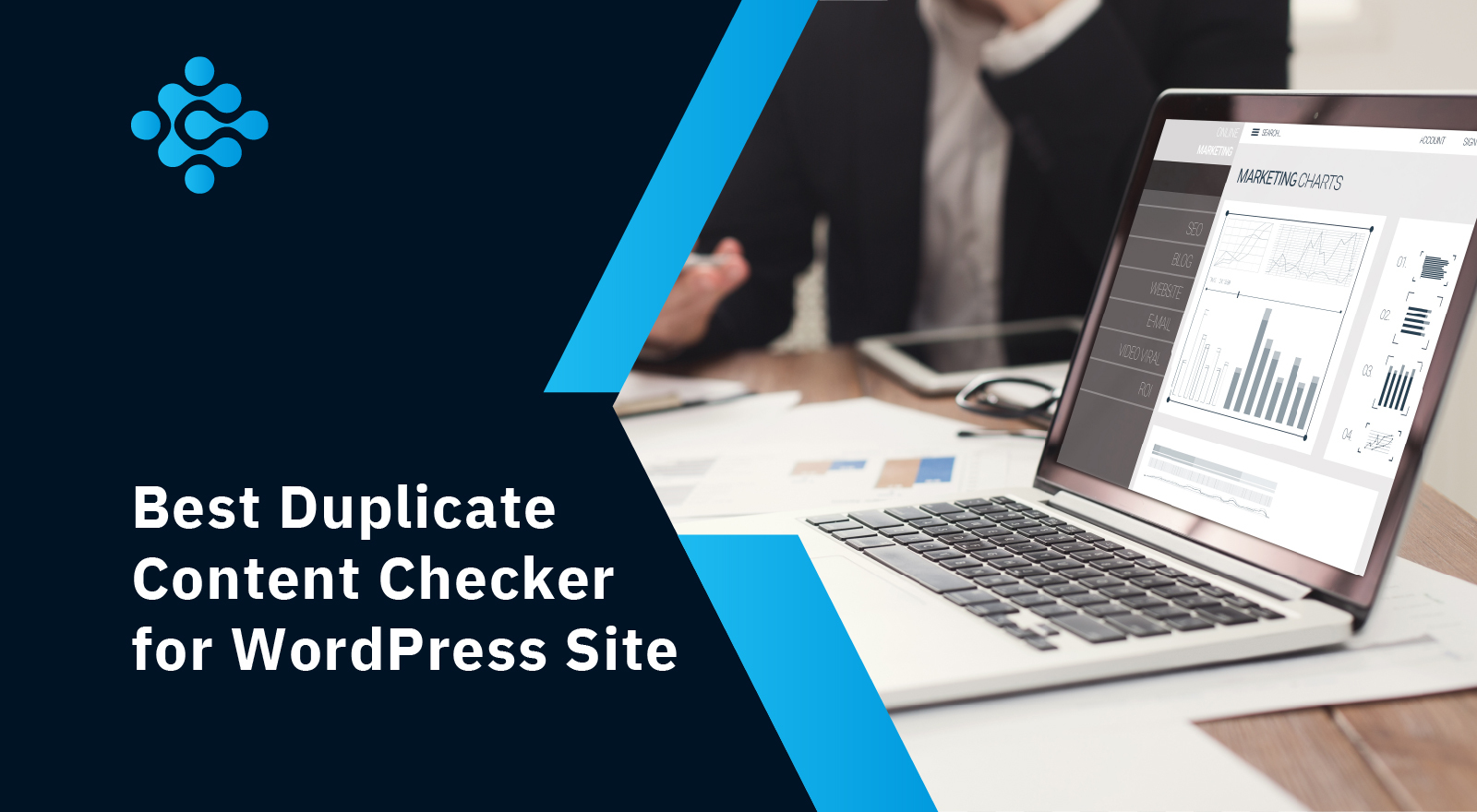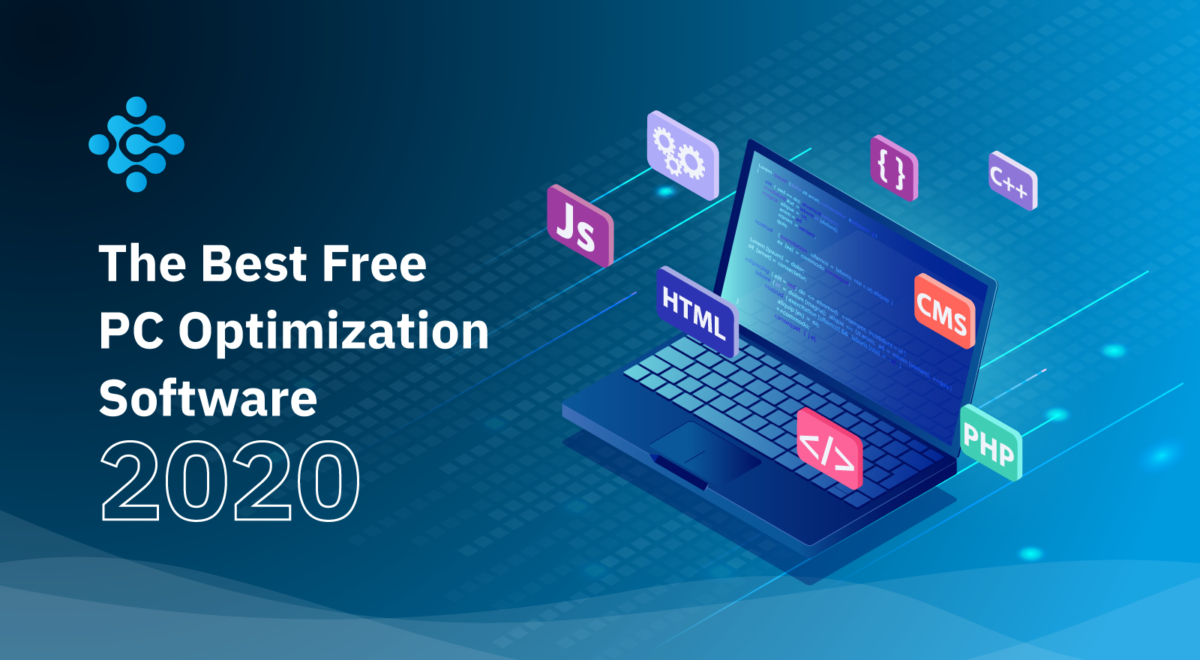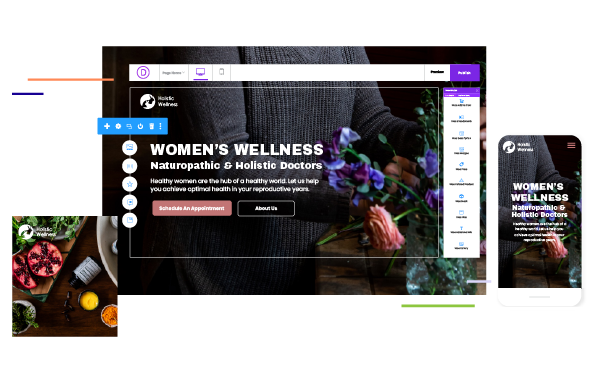Anybody can write a blog, but not all of them write optimized blog posts which is a skill that can be improved by practice.
Here are some basic tips to follow to make sure whatever you publish on your blog or website is SEO friendly.
1. Think before Writing
When it is time for you to write a blog post, do a detailed research and analysis to answer the questions below:
- What is the goal of the post (to get more followers, to get more likes, to rank well in the search engines to promote certain products or services etc)?
- What topics to cover in the post?
- How will it benefit my readers?
Answering the above mentioned questions prior to writing the post will make it easier to move on to the next steps of making the post SEO friendly.
2. Create a Clear Structure of the Post
Structuring the post into various parts makes writing easier and it increases the readability of the content. Generally, a blog post must include threes in parts or sections: introduction, main body and conclusion. The main body can further be split into more parts.
3. Craft the URL and Title
Some bloggers or writers prefer doing this step first, but it’s easier to come up with the title once the theme and content of the post is clear to the writer. However, in both cases, writing an eye-catching and interesting title is a very significant step when it comes to user friendliness and SEO.
Important elements of a good title should include the following:
- It should have a character length between 55 to 60 so that it is displayed in the SERPs without breaks.
- It should have a target or primary keyword (but it shouldn’t be stuffed with keywords?)
- It should precisely defines the content of the blog post
- It should be appealing enough for the searcher to click it, when shown in the search results
Rules for URL include:
- Use hyphens to separate the words that make up a URL. WordPress users can change the permalink structure.
- Try to make the URLs shorter by eradicating unnecessary words.
4. Use Headings Appropriately
When it comes to headings, a well optimized post follows the rules mentioned below:
- The post has only one H1 tag on the page. Normally, this is the same as the title, but it does not have to be the same.
- The heading should include the target keywords
- Use headings in a hierarchy: H1 is title of the post, the main body has H2 and its sub sections have H3. So, the order should be: H1, H2 then H3.
5. Keep the Paragraphs Short
Writing big paragraphs will affect the readability of your post. Many of the readers use mobile phones for browsing and searching stuff. So, make it easy for them to read.
Use various formatting options like italic, bold, different font color, bullets etc to make the text less boring.
6. Use Keywords without Stuffing Them
Don’t add keywords in the post just for the sake of doing so. Use them only when it’s natural to read.
Where to place keywords?
- In the title
- Main headings
- Within the text of the post
- In the conclusion
7. Add Internal Links Appropriately
When writing a new piece, try to link it with an already published blog posts by adding internal links. This is because internal linking is very effective. It is also very easy and has a number of advantages:
- When crawling a page, it helps search engines explore new pages on your blog or website – spiders of search engines will follow any link and add it to their index.
- It is another good way to hint the search engines what the page or post is about.
- It gives users an opportunity to click that link and read more about the topic discussed.
- It helps reduce the bounce rate and keep readers on your blog or website for longer.
8. Optimizing Images and Other Media Elements
Infographics, statistics, images, videos, graphs etc make a post more interesting to read. They also improve the quality of the content.
Although the context of a video and image cannot be understood while the spiders crawl the page. This is why image and media optimization is necessary. Hence, use meaningful file names and ALT TEXT, names that describe the images and other media elements.
9. Optimizing the Length
When evaluation is done by Google for ranking the page, it does not consider the number of words the post has, but the number of links directing to that page.
Promoting a detailed post that includes both sides of the story, with good optimized images, useful information and references is most likely to get links compared to an article or post that is not interesting and lack information.
Aim to write a post that is best in all aspects such as formatting, word length, quality of information.
Also, don’t expect the results instantly. It takes some time to rank your blog well in Google. So, don’t just sit and wait for a miracle. Keep your blog updated with fresh posts instead.
10. Optimizing Meta Description
Your description tag which is a snippet that appears on the search results below the link should be informative and alluring to attract the searcher to click on the link and visit the blog post.
Conclusion
The take away lesson from this post is: spend time on research and be clear about the topic and goal when starting a new post. Following the foregoing techniques will help anyone write a new SEO friendly blog post or make the necessary changes in the existing posts that are not optimized yet. And always remember results in the initial months may not be so good but don’t lose hope. Keep publishing high quality optimized content and the traffic to your blog will ultimately flow in.


























































